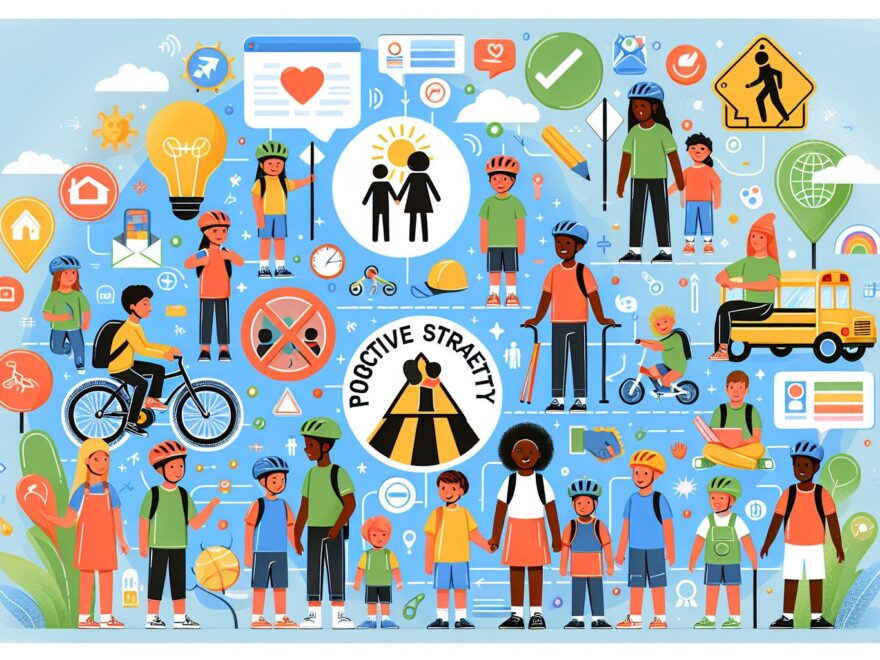In an age where the boundaries between the digital and physical worlds are increasingly blurred, the importance of child safety has never been more paramount. Parents, educators, and guardians grapple with the challenge of protecting children from risks both new and old. From the playground to the computer screen, the task of safeguarding our youths is a collective responsibility that evolves with the changing times. As we equip our children for the future, understanding the nuances of modern child safety is crucial, enabling us to act as both shield and guide in an ever-complex landscape of potential hazards.
 Navigating the Terrain of Today’s Child Safety Challenges
Navigating the Terrain of Today’s Child Safety Challenges
The digital revolution has brought with it a host of new concerns, from cyberbullying to online predators. However, the real world still holds its share of perils. It is this dual realm of vulnerability that demands attention and action from all responsible adults.
Digital Dangers: Keeping Children Safe Online
The online environment can be as treacherous as a busy street. Cyberbullying, for instance, can erode a child’s self-esteem and mental health, with effects as damaging as any physical injury. To combat this, proactive measures such as monitoring internet use, open communication, and educating children on the importance of digital privacy are indispensable.
Likewise, the specter of online predators looms large, as they adeptly misuse technology to exploit the innocent. Protecting children from such threats extends beyond simply setting parental controls—it involves fostering a culture of openness where children feel empowered to report any suspicious encounters without fear of retribution.
Real-World Risks: Physical Safety in Daily Life
Outside of the digital domain, the hazards are no less real. Traffic accidents, for example, remain one of the leading causes of childhood injury and death. By instilling basic road safety skills, such as looking both ways before crossing and understanding traffic signals, we lay a foundation of protective knowledge that can stay with them for life.
Bullying in schools and public spaces also continues to threaten child safety. It is here that vigilance combined with preventive initiatives, like anti-bullying programs and inclusive education, play a vital role in fostering safe environments for our children to learn and grow.
Learning from Real-World Examples
The stories of children who have overcome or fallen victim to these risks serve as potent reminders of the stakes involved. Take for instance, the case of a young boy who avoided a potentially dangerous encounter by remembering a safety mantra his parents taught him. On the flip side, the tragic outcomes of online interactions gone wrong must impel us to reinforce our efforts to monitor and educate about online safety.
A Commitment to Child Safety
As our knowledge of the dangers facing children expands, so too must our commitment to their safety. It is a shared responsibility that requires vigilance, education, and empathy. Whether we are installing the latest cybersecurity software or teaching children to respect one another, every action we take to protect them is an investment in a brighter, safer future.
Child safety is an ongoing journey, one that does not end with a single lesson or precaution. It is built upon the continuous collaboration between children, parents, educators, and communities. As adults, we must lead by example, championing the cause of protection in both word and deed. Only through concerted, collective efforts can we hope to provide a secure environment that nurtures the dreams and well-being of the brightest beacons of our future—our children.

